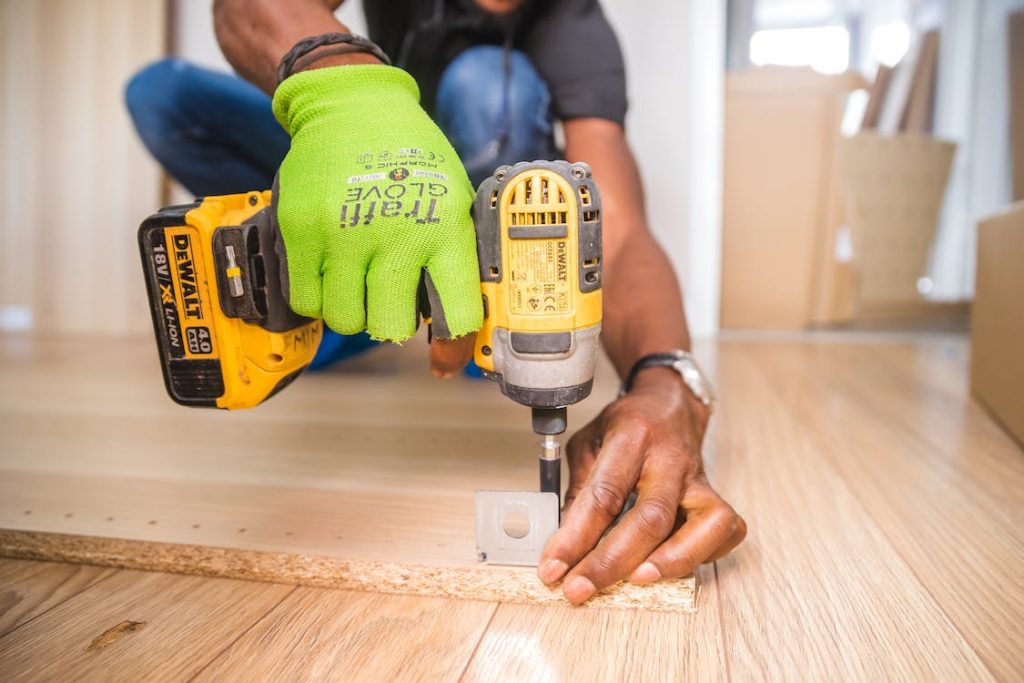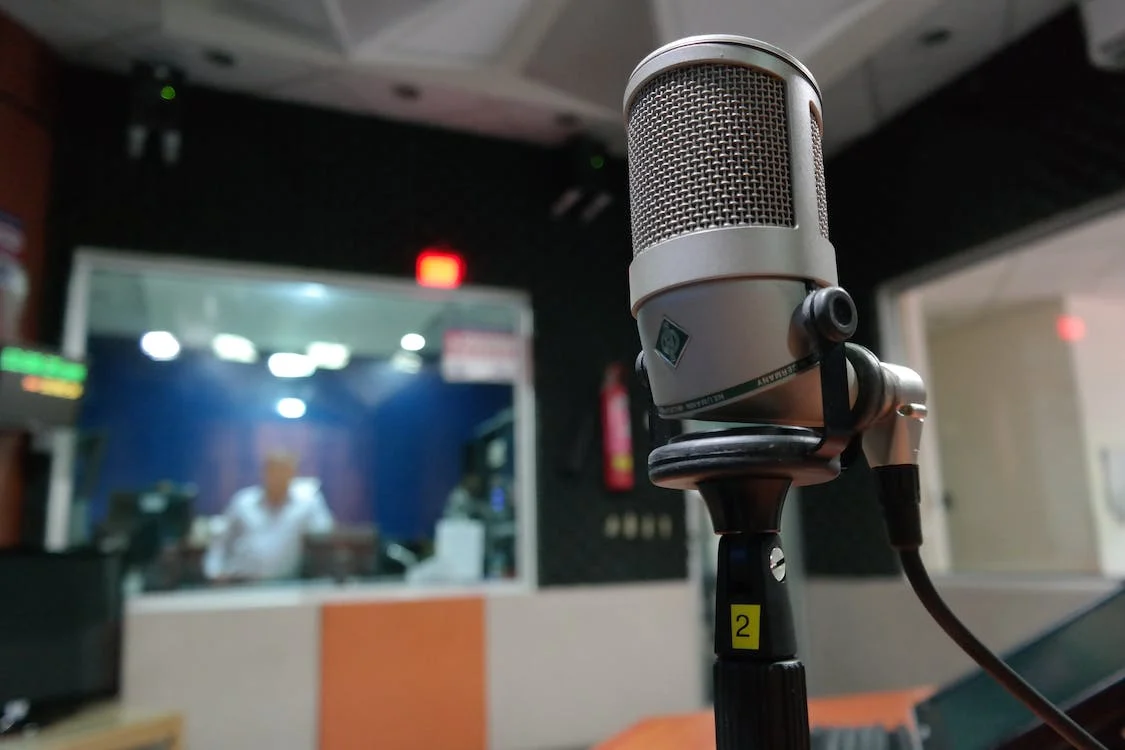Do I need to soundproof my studio?
Ways to Soundproof a home recording studio? is this your last google search? Nowadays we are seeing that more and more people want to make a small recording studio in their house so that they don’t have to face any problems when they are shooting videos.
The demand for recording home studios has also increased due to the increasing number of new YouTubers and the promotion of work-from-home culture by companies.
This article will provide you an opportunity to adopt some important precautions before building a soundproof home studio.
choosing the right space
Even if you spend money and buy expensive equipment, your recordings will not be of high quality because of not having a quiet place. That’s why choose such a room in the house where there is enough space, forcing a recording studio in a tight space will only cause inconvenience to you. That room should be away from the bathroom, kitchen or equipment like TV, home theater.
HOME RECORDING STUDIO DOORS
When it comes to soundproofing, it depends on the size of windows and doors, because we will manage the rest of the places anyway, but for windows and doors, you will have to take the advice of an expert. This 2-3/4” thick door is as beautiful as it is soundproof, The standard oak door commonly comes with a soundproof view window and is ready to be stained or painted.
Your studio will not be soundproof just by buying doors made of oak, sound waves are like water liquid, they travel wherever they find their way, so use door lock seal kits too.
You will have to make sure that the small cracks are air locked. If your door already has molding around it, you’ll need to pry it off.
Sound proof rubber
Ways to Soundproof a home recording studio? Soundproof rubber is also a good option with the help of which the perimeter of the door can be sealed. Don’t forget to get it to fit snugly against the edge of the doors.
You won’t even know where the extraneous sound is coming from, so close all the doors and windows in the studio and turn off the lights. Add acoustical caulk or an insulating sealant to fill in small gaps and cracks to wherever the light is coming from.
Weather stripping can be used to fill the gap between the door and the door frame. Add A Door Sweep Underneath The Door so that when you enter the studio, it will stick to the sweep as soon as you close the door.
Automatic Door Sweep
If you want, you can also add an automatic door sweep, This kind of door sweep has a concealed flat-spring mechanism to control the sweep’s movement.
When the door is open, the level of the sweep is higher than the floor. As you close the door, the sweeps contract by pressing against the door frame, providing a good soundproofing cover.
If you are finding it boring and expensive to do so many frills, then directly buying an acoustic panel door can also be a good option.
Soundproof Blanket
Ways to Soundproof a home recording studio? Instead of pasting plywood with glue on your door, it is better to put these panels yourself, they are also not expensive, foam coated panels are the best because foam is naturally light which makes your doors heavy- Prevents overeating.
Put some suction hooks on the back of your door and hang the soundproof blanket on them.
The soundproofing blankets are need-based, meaning you can easily take them down when you’re not recording or when you need fresh air, lighter. If your work involves sound recording or creating videos, a soundproof door is almost essential.
If your neighbor’s kid’s got a relatively good vocal chord, forget about work. barking dogs, yelling at neighbors, honking traffic, crying children the list is endless— and, yes, even mooing cows — are all distractions that can get in the way of your work.
Damping noise and vibrations

If you use more bass in your recording then due to vibration, you will not be able to stop the sound waves even after the mass filled material is fixed in the surface. bass starts traveling with the help of those devices which come in contact with it like, mic stand, wooden wall etc.
Even the best microphones will not be able to get the quality you want even after doing that. In this situation only damping works, so what is damping?
Damping means to reduce resonance in the room, by absorption or redirection. Absorption will reduce the overall sound level, whereas redirection makes unwanted sound harmless or even beneficial by reducing coherence.
Just like touching the speaker diaphragm with your hand reduces its vibration, in the same way you have to use such material in your room which absorbs sound waves by damping them.
We hope this article has given you a perspective about a soundproofing studio so that when you hire someone, they will be better informed about your requirements. have a nice day.
Read this too:

